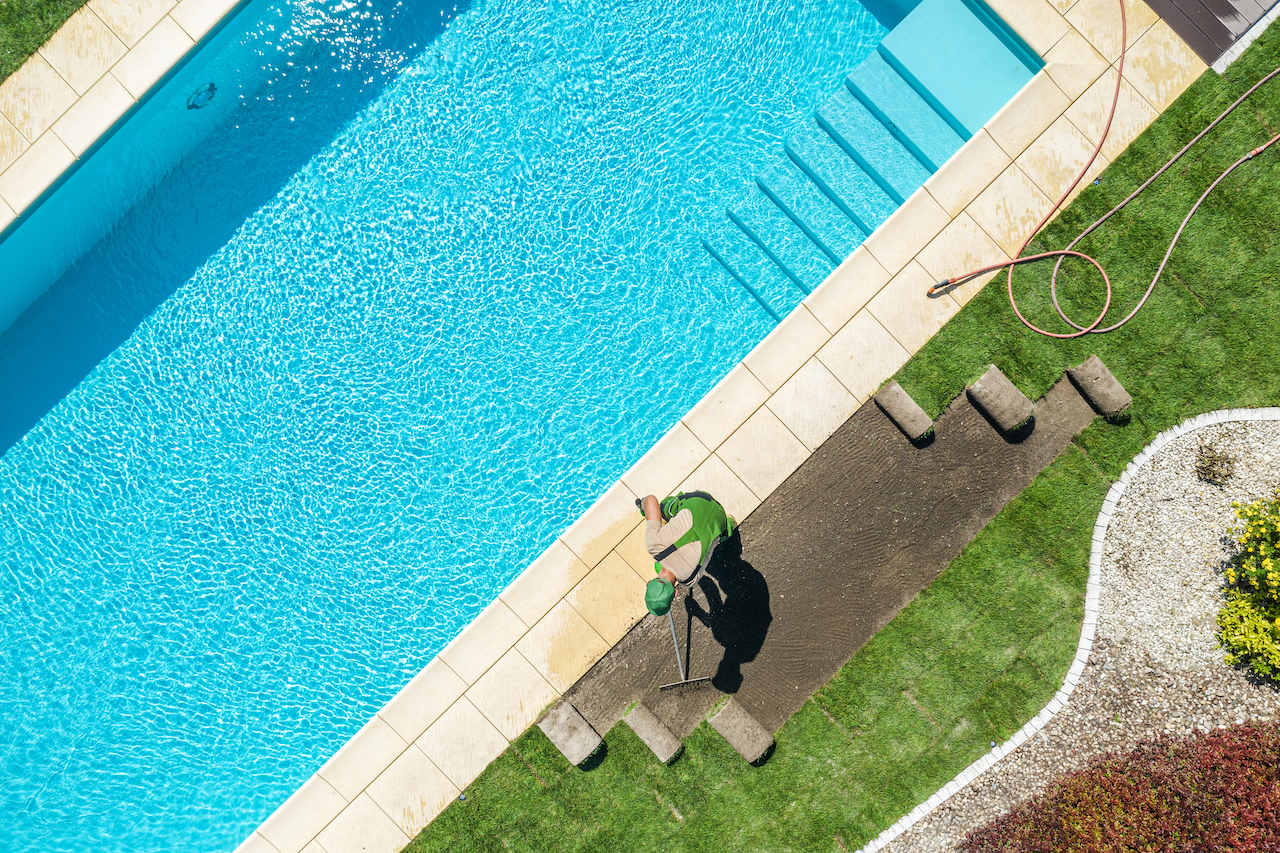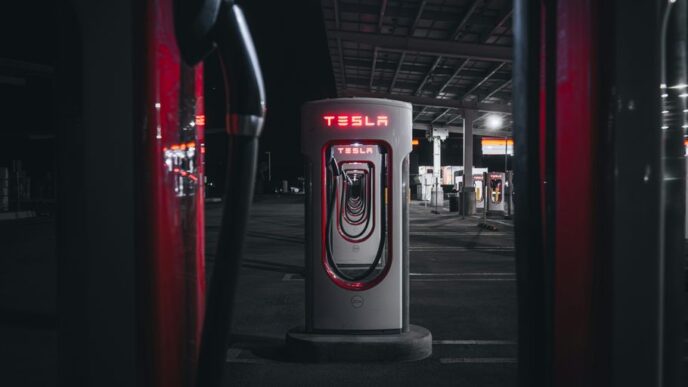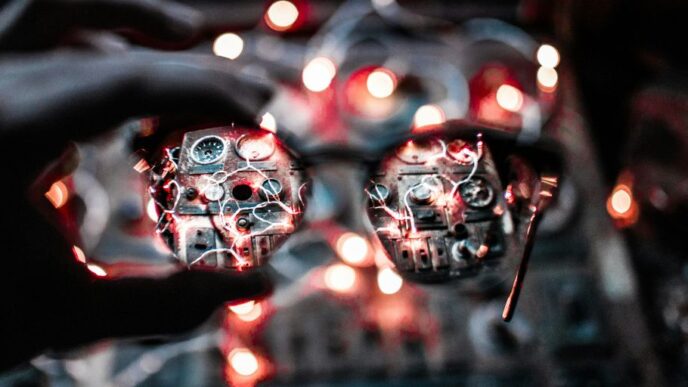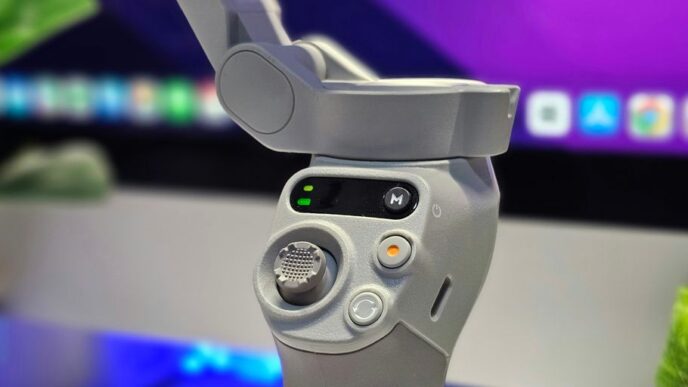When the sun heats up, there’s no better relief than a dip in your cool pool. But the long-term enjoyment of your aquatic haven hinges on the design and construction decisions you make early on. These choices significantly influence the effort, time, and money you’ll spend on summer maintenance. Here are key aspects of pool construction that affect your summertime upkeep routine.
1. Material Matters
Fiberglass Pools:
- Pros: Non-porous surface discourages algae growth, requiring fewer chemicals and less cleaning.
- Cons: Limited shapes and sizes, which may dictate the type and efficiency of cleaning equipment needed.
Concrete Pools:
- Pros: Highly durable and customizable to any shape and size.
- Cons: Rough surfaces can harbor algae, demanding more frequent scrubbing and chemical treatments.
Vinyl Pools:
- Pros: Smooth surface makes it harder for algae to cling, reducing cleaning requirements.
- Cons: Liner can be susceptible to tears; be vigilant about pool toys and pets.
2. Filtration Systems
- Cartridge Filters: Require less water flow and can be more energy-efficient but need regular cleaning especially in the summer when pool use is high.
- Sand Filters: Easy to maintain but require backwashing, which can waste water.
- Diatomaceous Earth (DE) Filters: Filter out smaller particles for clearer water but require more complex maintenance and occasional backwashing.
3. Circulation Patterns
Innovatively designed circulation systems can enhance the efficiency of skimmers and filters, reducing areas of stagnant water where debris and algae might accumulate. Paying for a well-designed circulation system upfront can save maintenance headaches later.
4. Pool Depth and Shape
Shallow areas warm up and cool down faster than deeper areas, affecting chemical balance. Complex shapes with lots of corners and crevices may need additional brushing and vacuuming to keep clean.
5. Quality of Construction
A well-constructed pool with properly sealed fittings and plumbing is less prone to leaks and water loss, saving water top-up and balancing efforts during hot summer months.
6. Integrated Pool Covers
Automatic covers keep out debris when the pool is not in use, significantly reducing cleaning time. Plus, they help retain water temperature, reducing heating needs.
7. Decking and Landscaping Choices
Non-abrasive and heat-resistant deck materials stay cool and are gentle on swimmers’ feet. Be cautious of surrounding foliage as certain plants can increase pool debris. Pathways to your pool are also crucial to the overall enjoyment of your experience.
8. Type of Pool Coping
The coping material should be chosen not only for aesthetic appeal but also for its resistance to water absorption and ease of cleaning.
9. Automating Pool Maintenance
Investing in robotic cleaners or automatic chemical dispensers as part of the initial build can be cost-effective in the long run.
10. Color and Finish
Lighter finishes reflect light and require less artificial lighting but can make debris more apparent, possibly necessitating more frequent cleaning.
When planning your pool, consider how each decision impacts your maintenance commitments, especially during the busy summer season. Strike a balance between your desired features and the practicality of keeping your pool pristine. With smart construction choices, you’ll maximize your relaxation time and minimize chores once the heat is on.













